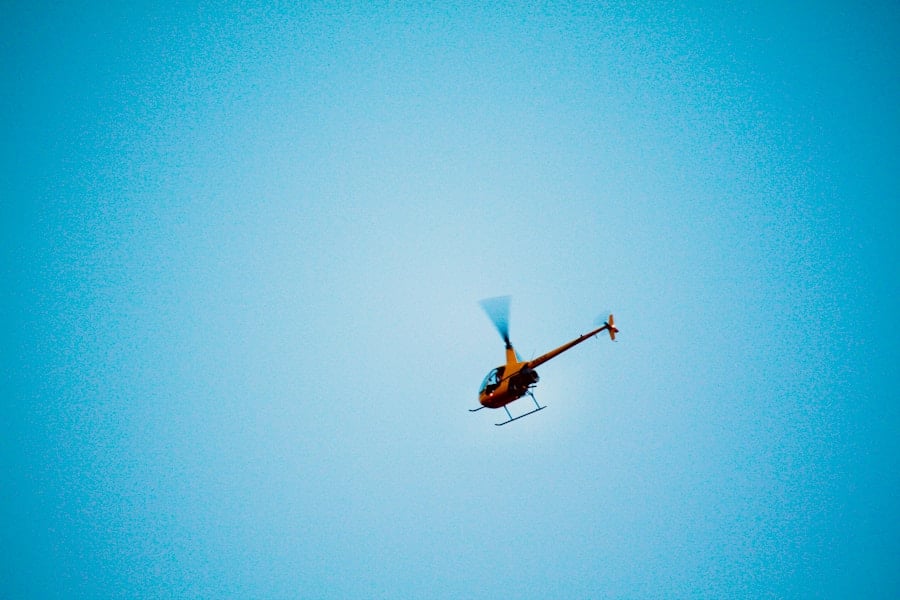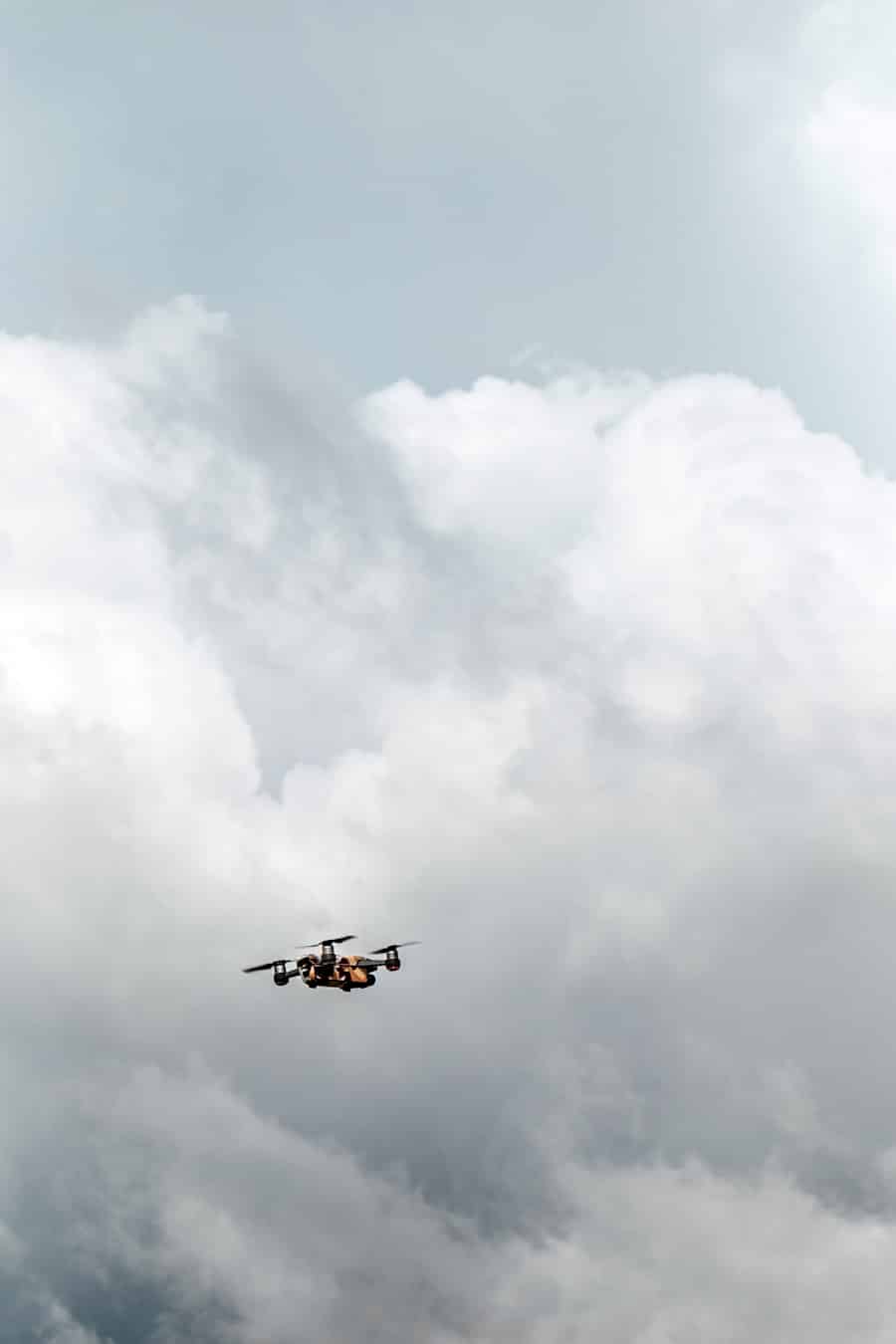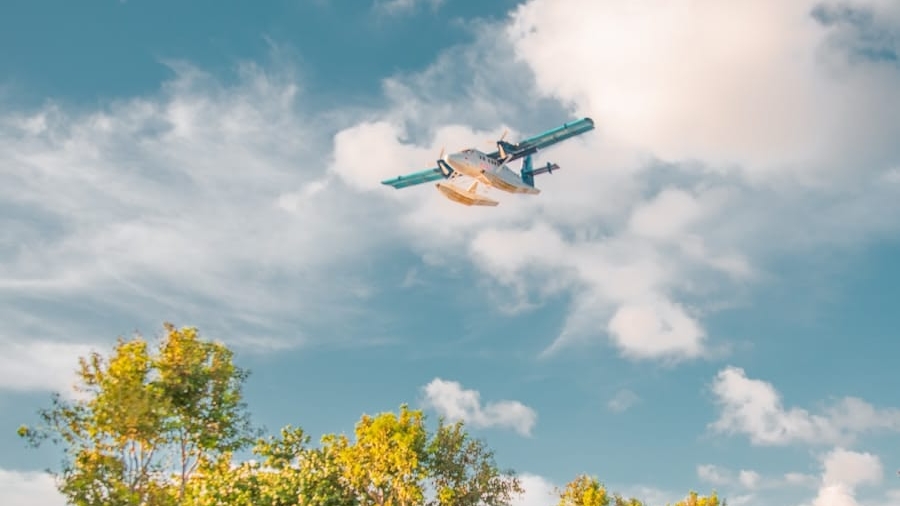The advent of drone technology has revolutionized various sectors, and the healthcare industry is no exception. Drone deliveries in medical supply distribution represent a significant leap forward in logistics, particularly in remote or underserved areas where traditional transportation methods may be inefficient or impractical. The integration of unmanned aerial vehicles (UAVs) into the medical supply chain has the potential to enhance the speed and efficiency of delivering essential medical supplies, including vaccines, blood products, and pharmaceuticals.
As healthcare systems worldwide grapple with the challenges of timely delivery and accessibility, drones offer a promising solution that can bridge the gap between supply and demand. The use of drones for medical deliveries is not merely a futuristic concept; it is already being implemented in various regions around the globe. From rural clinics in Africa to urban hospitals in the United States, drone technology is being harnessed to ensure that critical medical supplies reach those who need them most.
This innovative approach not only addresses logistical challenges but also has the potential to save lives by ensuring that time-sensitive materials are delivered promptly. As we delve deeper into this topic, we will explore the advantages, challenges, and real-world applications of drone deliveries in the medical supply distribution landscape.
Key Takeaways
- Drone deliveries have the potential to revolutionize medical supply distribution by providing faster and more efficient delivery options, especially in remote or hard-to-reach areas.
- Using drones for medical supply distribution can lead to cost savings, reduced delivery times, and improved access to critical supplies, particularly during emergencies or natural disasters.
- Challenges and limitations of drone deliveries in the medical supply chain include regulatory hurdles, limited payload capacity, and concerns about safety and reliability.
- Successful case studies of drone delivery programs for medical supplies have demonstrated the feasibility and benefits of using drones in healthcare, such as the Zipline program in Rwanda.
- Regulations and policies governing drone deliveries in the healthcare sector are essential to ensure safety, security, and privacy, while also promoting innovation and access to medical supplies.
Advantages of Using Drones for Medical Supply Distribution
One of the most significant advantages of using drones for medical supply distribution is their ability to navigate difficult terrains and reach remote locations quickly. In many parts of the world, especially in developing countries, healthcare facilities are often situated in hard-to-reach areas where traditional transportation methods can be slow or unreliable. Drones can bypass obstacles such as traffic congestion, rough roads, and geographical barriers, allowing for faster delivery times.
For instance, in Rwanda, a drone delivery service operated by Zipline has successfully transported blood products and vaccines to rural health centers, significantly reducing delivery times from hours or even days to mere minutes. Moreover, drones can operate autonomously and require minimal human intervention, which can lead to cost savings for healthcare providers. The operational costs associated with drone deliveries are often lower than those of traditional delivery methods, particularly when considering the expenses related to fuel, vehicle maintenance, and labor.
Drones can also be programmed to make multiple deliveries in a single flight, optimizing routes and maximizing efficiency. This capability is particularly beneficial during public health emergencies, such as disease outbreaks or natural disasters, where rapid response is crucial.
Challenges and Limitations of Drone Deliveries in the Medical Supply Chain

Despite the numerous advantages that drones offer for medical supply distribution, several challenges and limitations must be addressed before widespread adoption can occur. One of the primary concerns is regulatory compliance. The airspace is heavily regulated, and obtaining the necessary permits for drone operations can be a complex and time-consuming process.
Different countries have varying regulations regarding drone flights, including restrictions on flight altitude, no-fly zones, and requirements for pilot certification. Navigating these regulations can pose significant hurdles for organizations looking to implement drone delivery systems. Another challenge lies in the technological limitations of drones themselves.
While advancements in battery life and payload capacity have improved significantly over recent years, many drones still face constraints regarding flight range and weight limits. For instance, a drone may be able to carry a limited amount of medical supplies at one time, which could necessitate multiple trips for larger orders. Additionally, adverse weather conditions such as high winds or heavy rain can impede drone operations, leading to delays in deliveries.
These factors must be carefully considered when planning a drone delivery program to ensure reliability and effectiveness.
Case Studies of Successful Drone Delivery Programs for Medical Supplies
Several successful case studies illustrate the potential of drone deliveries in medical supply distribution. One notable example is Zipline’s operations in Rwanda, which began in 2016. The company has established a network of drone delivery services that transport blood supplies, vaccines, and essential medications to over 1,000 health facilities across the country.
By utilizing drones, Zipline has reduced delivery times from several hours to just 30 minutes or less. This rapid response capability has been particularly vital during emergencies when timely access to blood transfusions can mean the difference between life and death. Another compelling case study is found in Ghana, where Zipline has also implemented a drone delivery system for vaccines and medical supplies.
The program has proven instrumental in ensuring that healthcare facilities receive necessary supplies promptly, especially during vaccination campaigns. By leveraging drones to deliver vaccines directly to clinics, Ghana has been able to improve immunization rates significantly.
Regulations and Policies Governing Drone Deliveries in the Healthcare Sector
The regulatory landscape surrounding drone deliveries in healthcare is evolving rapidly as governments recognize the potential benefits of this technology.
For instance, the Federal Aviation Administration (FAA) in the United States has introduced regulations that allow for commercial drone operations under specific conditions.
These regulations include requirements for remote pilot certification, operational limitations based on visual line-of-sight flying, and restrictions on flying over people. In addition to national regulations, local governments may impose their own rules regarding drone operations within their jurisdictions. This patchwork of regulations can create challenges for organizations seeking to implement drone delivery systems across multiple regions.
To address these challenges, some countries are exploring the establishment of designated drone corridors or airspace zones specifically for medical deliveries. These initiatives aim to streamline regulatory processes while ensuring safety and efficiency in drone operations.
Future Implications and Potential for Expansion of Drone Delivery in Medical Supply Distribution

The future implications of drone deliveries in medical supply distribution are vast and promising. As technology continues to advance, we can expect improvements in drone capabilities such as increased payload capacity, longer flight ranges, and enhanced navigation systems that utilize artificial intelligence and machine learning algorithms. These advancements will enable drones to handle more complex delivery scenarios and expand their reach into even more remote areas.
Furthermore, as public acceptance of drone technology grows and regulatory frameworks become more accommodating, we may see an increase in partnerships between healthcare providers and drone delivery companies. Collaborative efforts could lead to innovative solutions tailored to specific healthcare needs, such as emergency response services or routine supply deliveries for clinics in underserved regions. The potential for expansion is not limited to rural areas; urban environments could also benefit from drone deliveries by alleviating traffic congestion and improving access to medical supplies during peak demand periods.
Ethical and Privacy Considerations in Drone Deliveries for Medical Supplies
As with any emerging technology, ethical and privacy considerations must be taken into account when implementing drone deliveries for medical supplies. One primary concern is patient privacy; drones equipped with cameras or sensors could inadvertently capture sensitive information during their flights. Ensuring that patient data remains confidential is paramount, necessitating strict guidelines on data handling and storage.
Additionally, there are ethical implications related to equity in access to healthcare resources. While drones have the potential to improve access to medical supplies in remote areas, there is a risk that they could exacerbate existing disparities if not implemented thoughtfully. For instance, if drone delivery services are only available in certain regions or for specific populations, marginalized communities may continue to face barriers in accessing essential healthcare resources.
It is crucial for policymakers and healthcare providers to consider these ethical dimensions when designing and deploying drone delivery programs.
The Role of Drone Deliveries in Improving Access to Medical Supplies
Drone deliveries represent a transformative approach to medical supply distribution that holds great promise for enhancing healthcare access worldwide. By overcoming geographical barriers and streamlining logistics, drones can ensure that critical medical supplies reach those who need them most efficiently and effectively. While challenges remain regarding regulation, technology limitations, and ethical considerations, ongoing advancements in drone technology and supportive policies are paving the way for broader adoption.
As we look toward the future, it is clear that drone deliveries will play an increasingly vital role in healthcare logistics. By continuing to explore innovative solutions and addressing potential challenges head-on, stakeholders can harness the full potential of this technology to improve health outcomes globally. The integration of drones into the medical supply chain not only represents a leap forward in logistics but also embodies a commitment to ensuring equitable access to essential healthcare resources for all individuals, regardless of their location.
Drone deliveries have revolutionized the way medical supplies are distributed, especially in remote or hard-to-reach areas. These unmanned aerial vehicles have proven to be efficient and reliable in transporting essential medical supplies to those in need. In a related article from TrustedReviews, experts provide reviews of the latest drone technologies that are shaping the future of medical supply distribution. By staying informed on the best drone options available, healthcare providers can continue to improve their delivery services and reach even more patients in a timely manner.
FAQs
What are drone deliveries?
Drone deliveries refer to the use of unmanned aerial vehicles (UAVs) to transport goods from one location to another.
How are drone deliveries supporting medical supply distribution?
Drone deliveries are supporting medical supply distribution by providing a faster and more efficient way to transport essential medical supplies, such as vaccines, blood samples, and medications, to remote or hard-to-reach areas.
What are the benefits of using drone deliveries for medical supply distribution?
Some benefits of using drone deliveries for medical supply distribution include faster delivery times, reduced transportation costs, and the ability to reach areas with limited infrastructure or difficult terrain.
What are some challenges associated with using drone deliveries for medical supply distribution?
Challenges associated with using drone deliveries for medical supply distribution include regulatory hurdles, limited payload capacity, and the need for reliable navigation and communication systems.
Are drone deliveries being used for medical supply distribution in real-world scenarios?
Yes, drone deliveries are being used for medical supply distribution in various real-world scenarios, including in rural areas, during natural disasters, and in developing countries with limited access to traditional transportation infrastructure.

